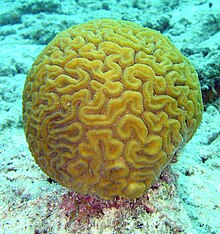User:NadiaMichelleKhan/sandbox: Difference between revisions
No edit summary |
No edit summary |
||
| Line 8: | Line 8: | ||
[[File:Structural MRI animation.ogv|thumb|Structural MRI animation]] |
[[File:Structural MRI animation.ogv|thumb|Structural MRI animation]] |
||
==Inferior Gluteal erve" |
|||
The '''inferior gluteal nerve''' is a [[nerve]] in the [[pelvis]] that innervates the [[gluteus maximus]] muscle. |
|||
==Structure== |
|||
The inferior gluteal nerve originates in the [[sacral plexus]]. It arises from the dorsal divisions of the fifth [[lumbar]] and first and second [[sacral nerve]]s: it leaves the pelvis through the [[greater sciatic foramen]], below the [[piriformis]], and divides into branches which enter the deep surface of the [[gluteus maximus]], the principal extensor of the thigh, and supply it. it also gives off small branches to supply the deep gluteal muscles |
|||
==Function== |
|||
This nerve is responsible for hip extension. When non-functional, it leads to difficulty in jumping, climbing stairs, and rising from a seated position. |
|||
==See also== |
|||
* [[Superior gluteal nerve]] |
|||
* [[Inferior gluteal artery]] |
|||
Revision as of 18:43, 26 September 2012
Neuroscience - an intro to areas within neuroscience and other background details
my back - a test of how to see stuff and link

==Inferior Gluteal erve"
The inferior gluteal nerve is a nerve in the pelvis that innervates the gluteus maximus muscle.
Structure
The inferior gluteal nerve originates in the sacral plexus. It arises from the dorsal divisions of the fifth lumbar and first and second sacral nerves: it leaves the pelvis through the greater sciatic foramen, below the piriformis, and divides into branches which enter the deep surface of the gluteus maximus, the principal extensor of the thigh, and supply it. it also gives off small branches to supply the deep gluteal muscles
Function
This nerve is responsible for hip extension. When non-functional, it leads to difficulty in jumping, climbing stairs, and rising from a seated position.

